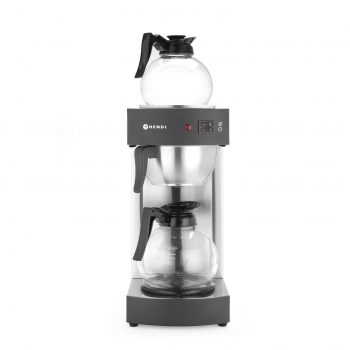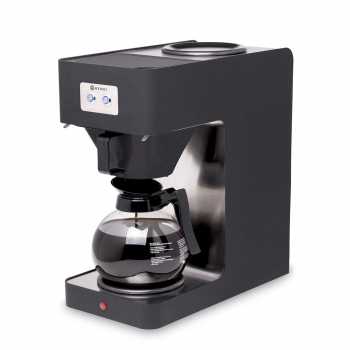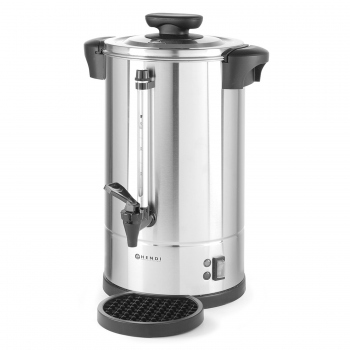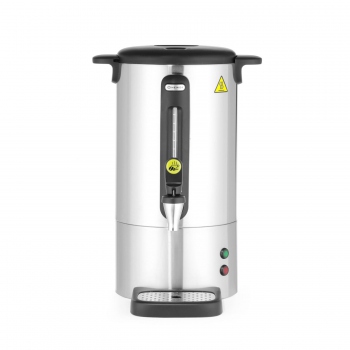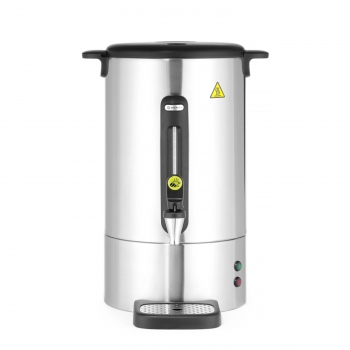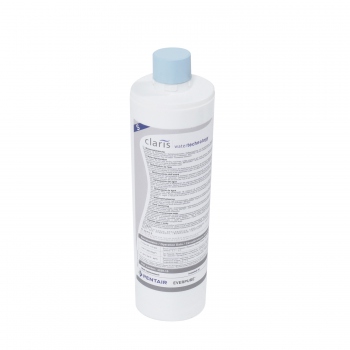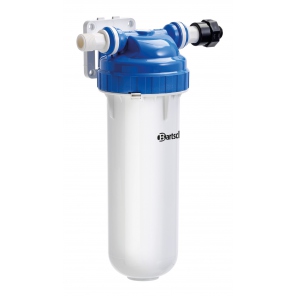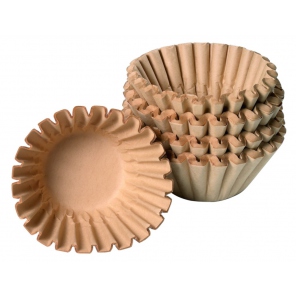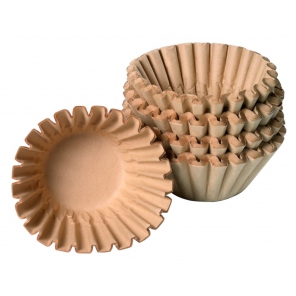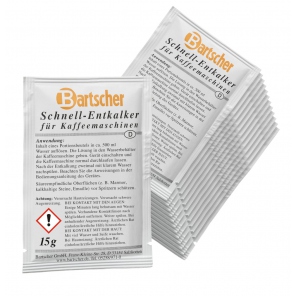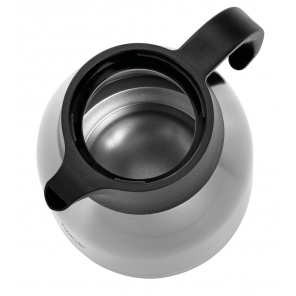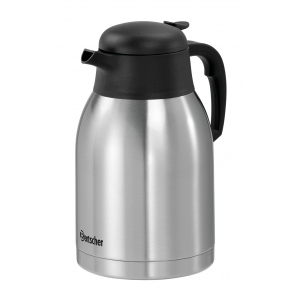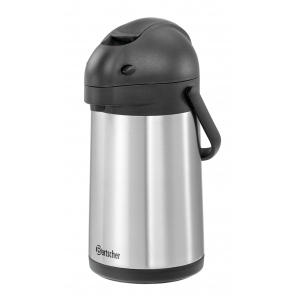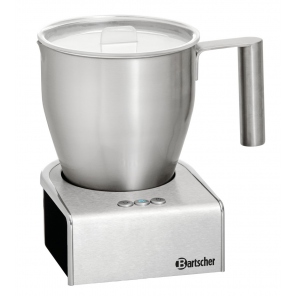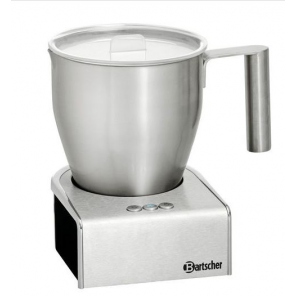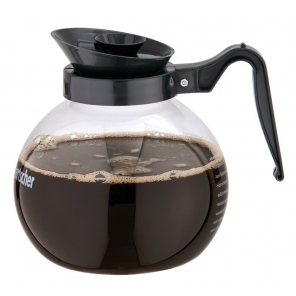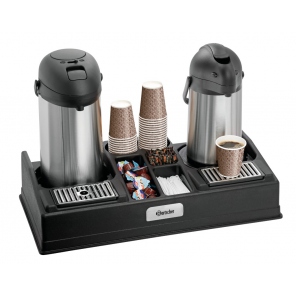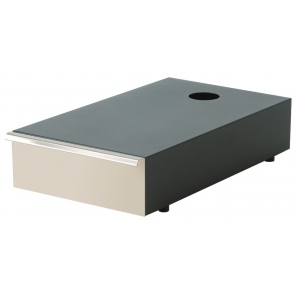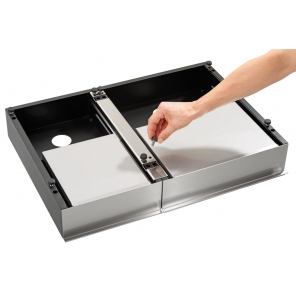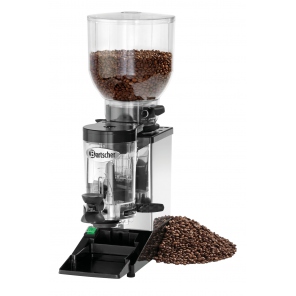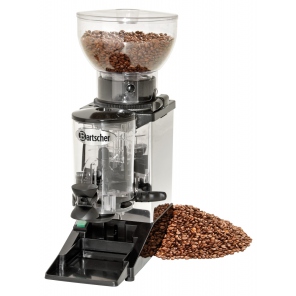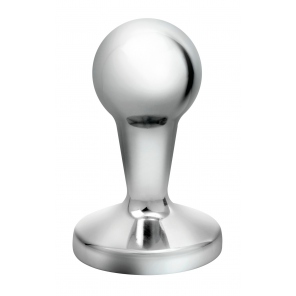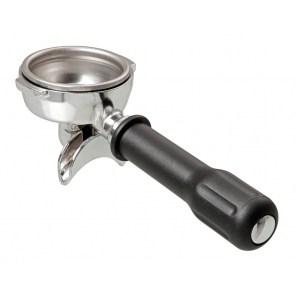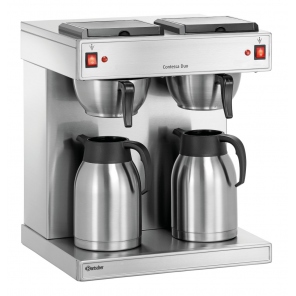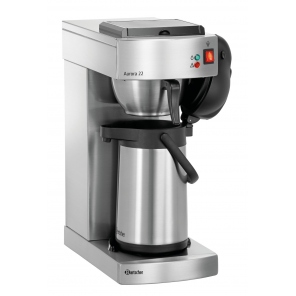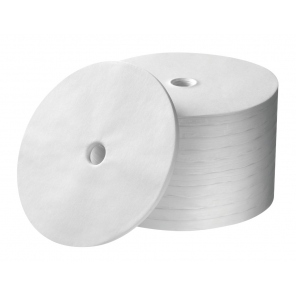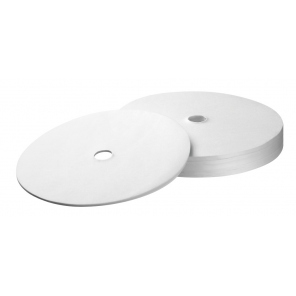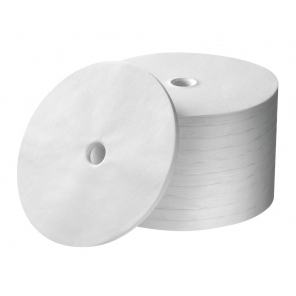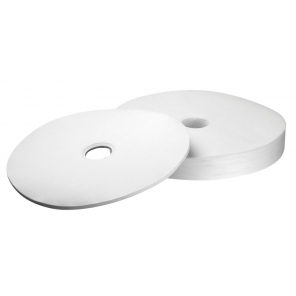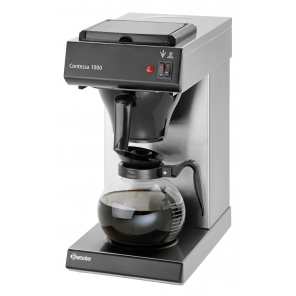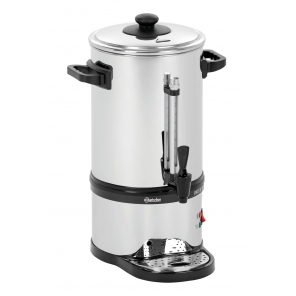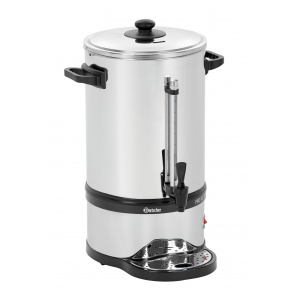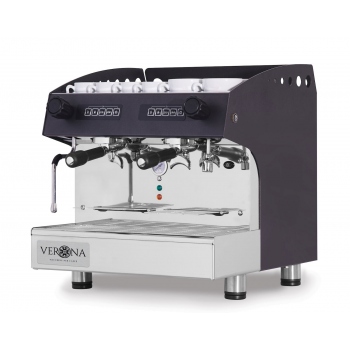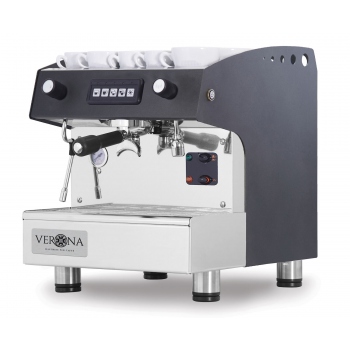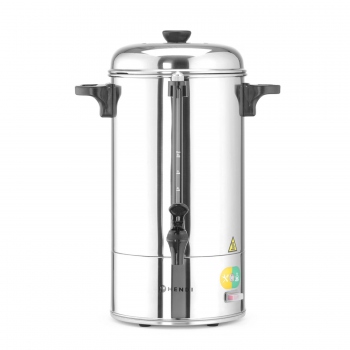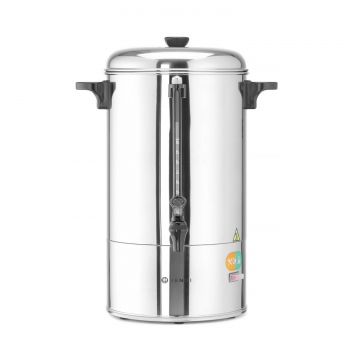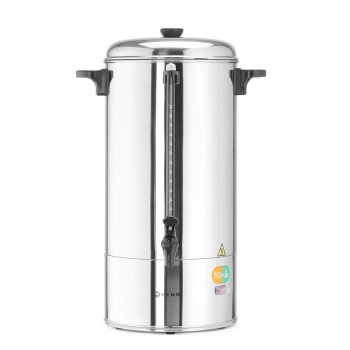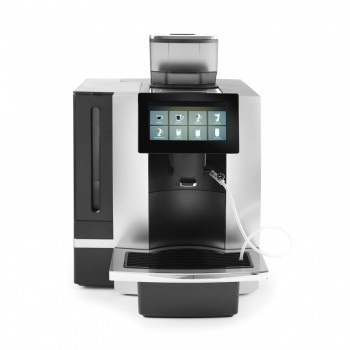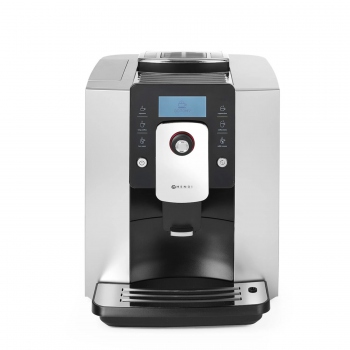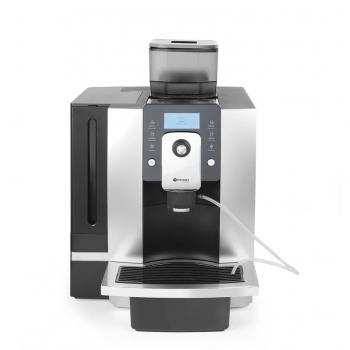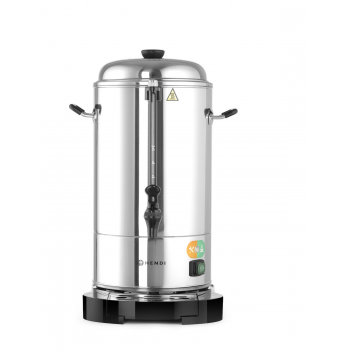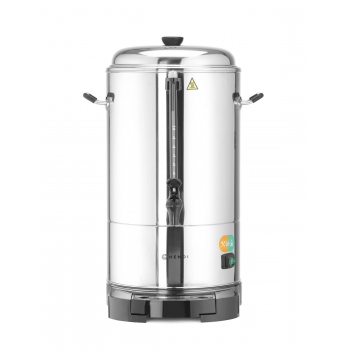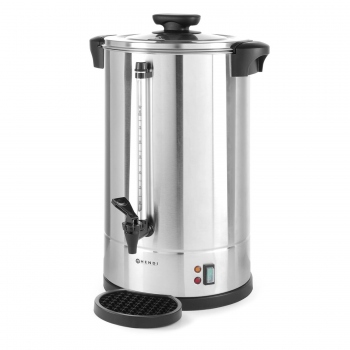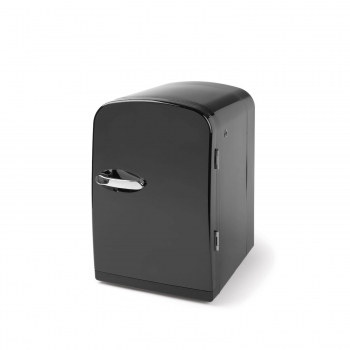Coffee Makers and Infusers - Your Source of Aromatic Passion
Welcome to our unique category where aromatic passion blends with exceptional technology. If you're a coffee and tea enthusiast, you're in the right place! Our range of coffee makers and infusers is a true sensory delight and the best way to start each morning. Explore our exciting category and discover why we're your perfect source of pleasure.
Unmatched Flavor Experiences
For many of us, there's no better way to start the day than with a freshly brewed cup of coffee or tea. In our selection, you'll find a wide variety of coffee makers, both traditional and modern, to meet your expectations. Discover the secrets of a professional barista and savor unmatched flavor experiences in the comfort of your own home.
Our coffee makers offer not only excellent taste but also user convenience. Programmable features, various brewing methods, quiet operation - these are just a few of the advantages of our products. Whether you're a fan of espresso, drip coffee, or capsules, we have something special for you.
For tea lovers, we offer infusers that allow you to enjoy the full aroma of your favorite teas. Our infusers encompass both classics and modernity. You'll find traditional teapots as well as contemporary solutions like tea infusers with filters or stylish travel teapots.
Design and Aesthetics
In our coffee makers and infusers category, we don't overlook design. We understand the importance of the appearance of your equipment in your kitchen or dining area. Therefore, we offer products that not only work flawlessly but also beautifully complement your interior. By choosing a coffee maker or infuser from our selection, you're investing in both taste and aesthetics.
Diverse Solutions
In our store, we provide diverse solutions to ensure everyone finds something suitable. Whether you're a novice coffee and tea enthusiast or an experienced connoisseur, our coffee makers and infusers category has something for you. By selecting from our wide range of products, you can be sure to find something perfect for your needs.
Quality and Guarantee
The quality of the products we offer in our store is our top priority. We collaborate with renowned manufacturers who pay attention to every detail of their devices. As a result, every coffee maker and infuser you find here comes with a quality guarantee.
Whether you're looking for an espresso coffee maker, a traditional coffee percolator, a tea infuser, or another device, we're confident our category will meet your expectations. Treat yourself to a moment of relaxation and enjoy the aroma of freshly brewed coffee or tea. With us, you can savor unforgettable flavor experiences at any time.
We invite you to explore our range of coffee makers and infusers and discover why we're your best source of aromatic passion. Start each morning in a unique way with our products!

























